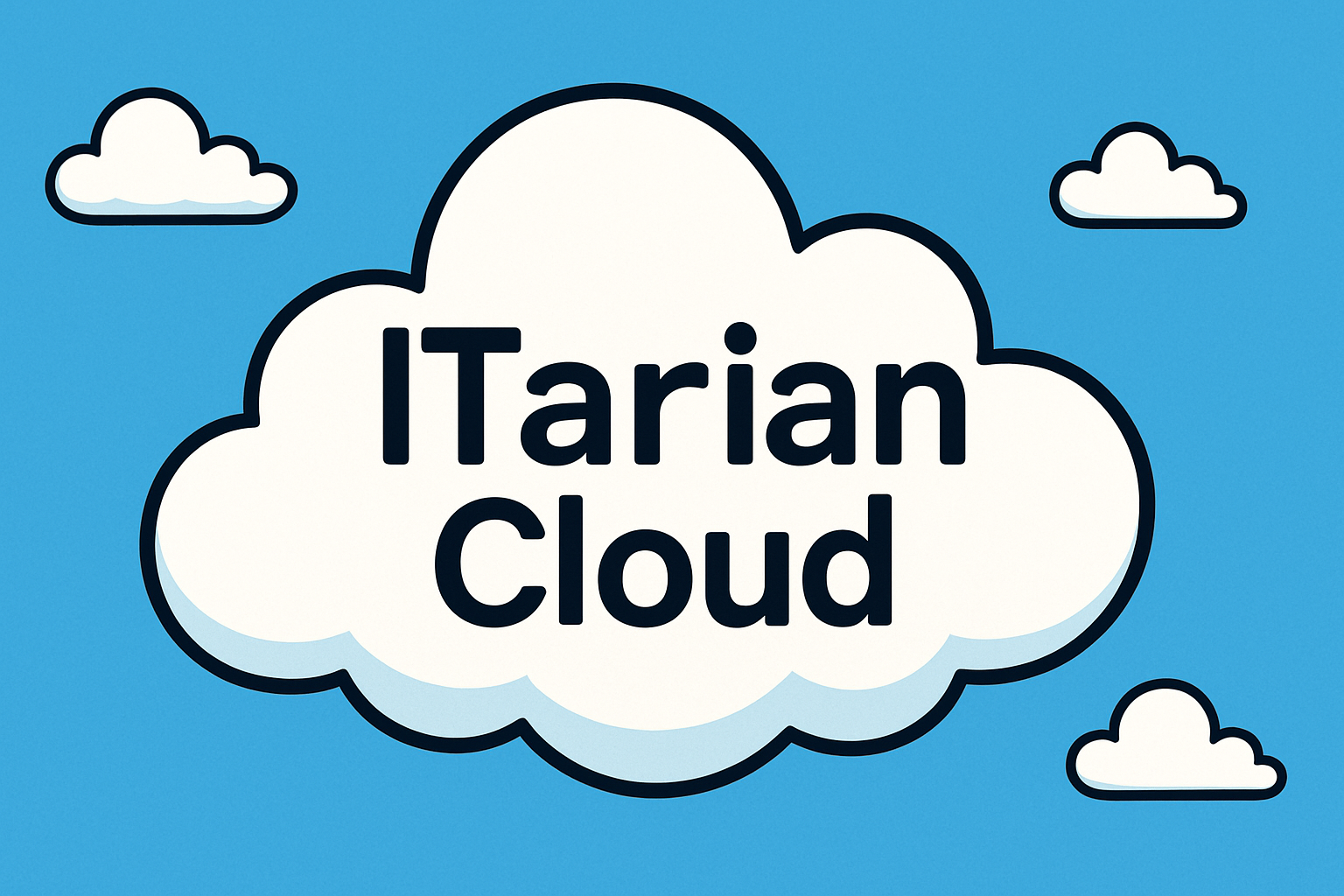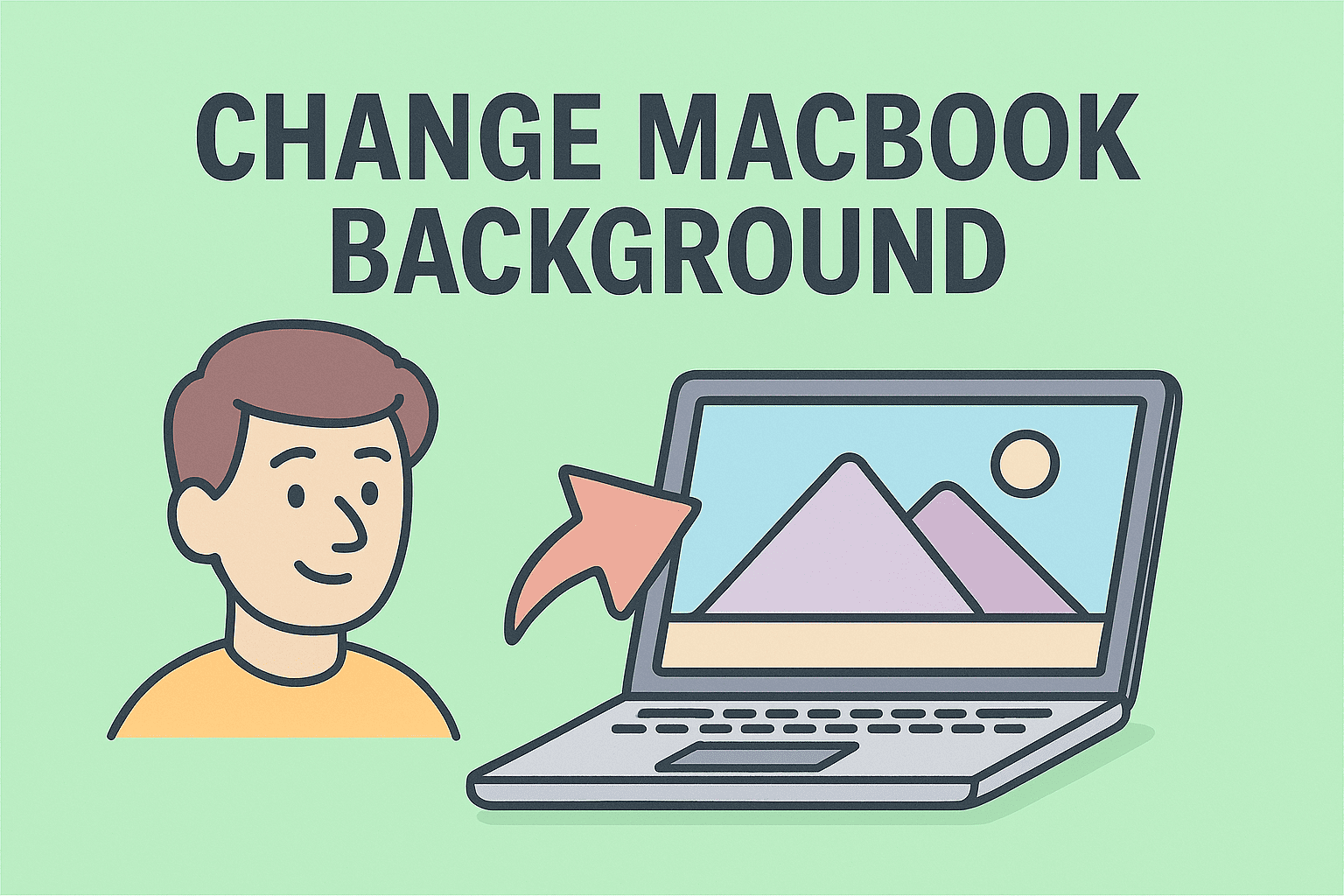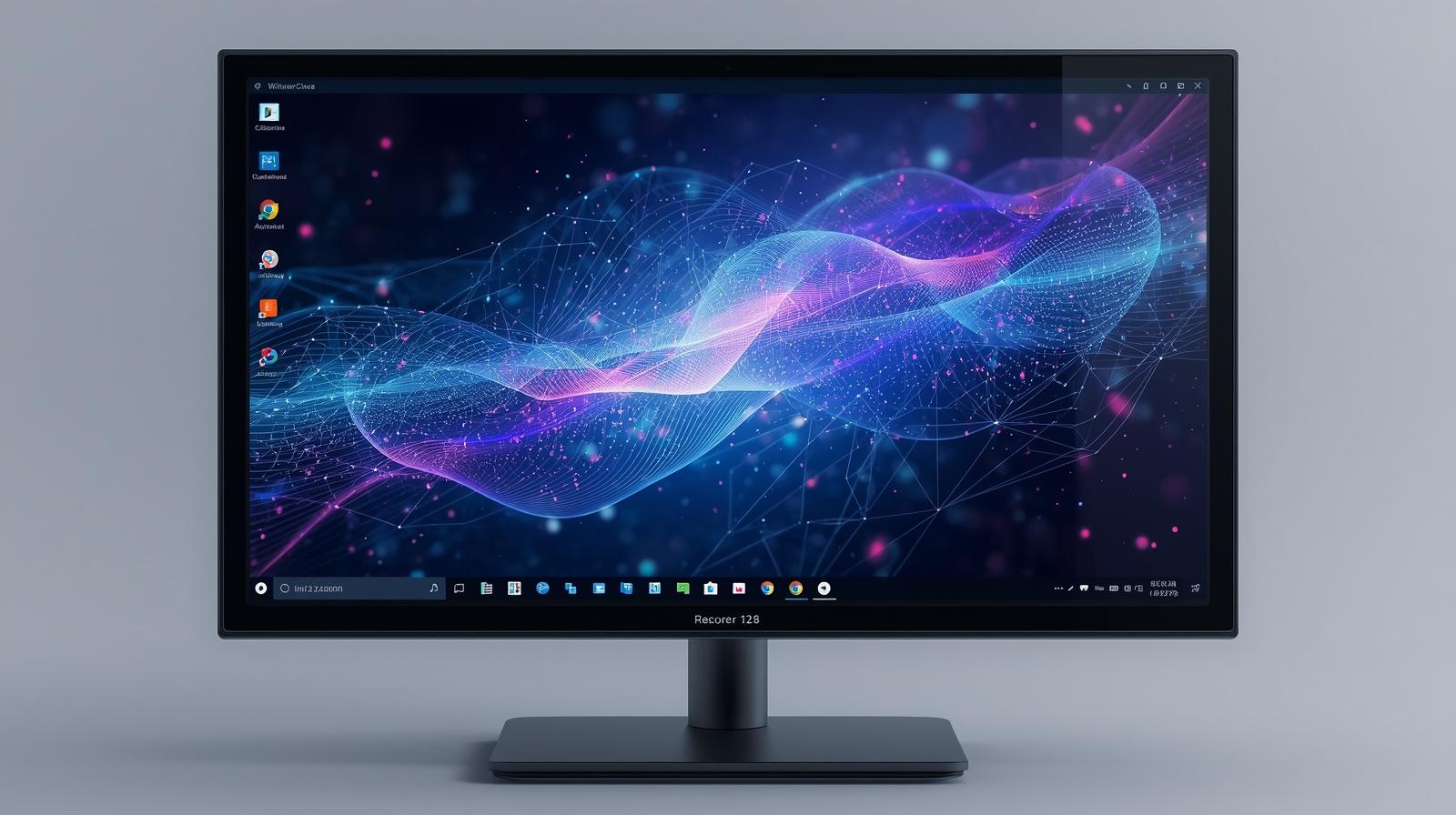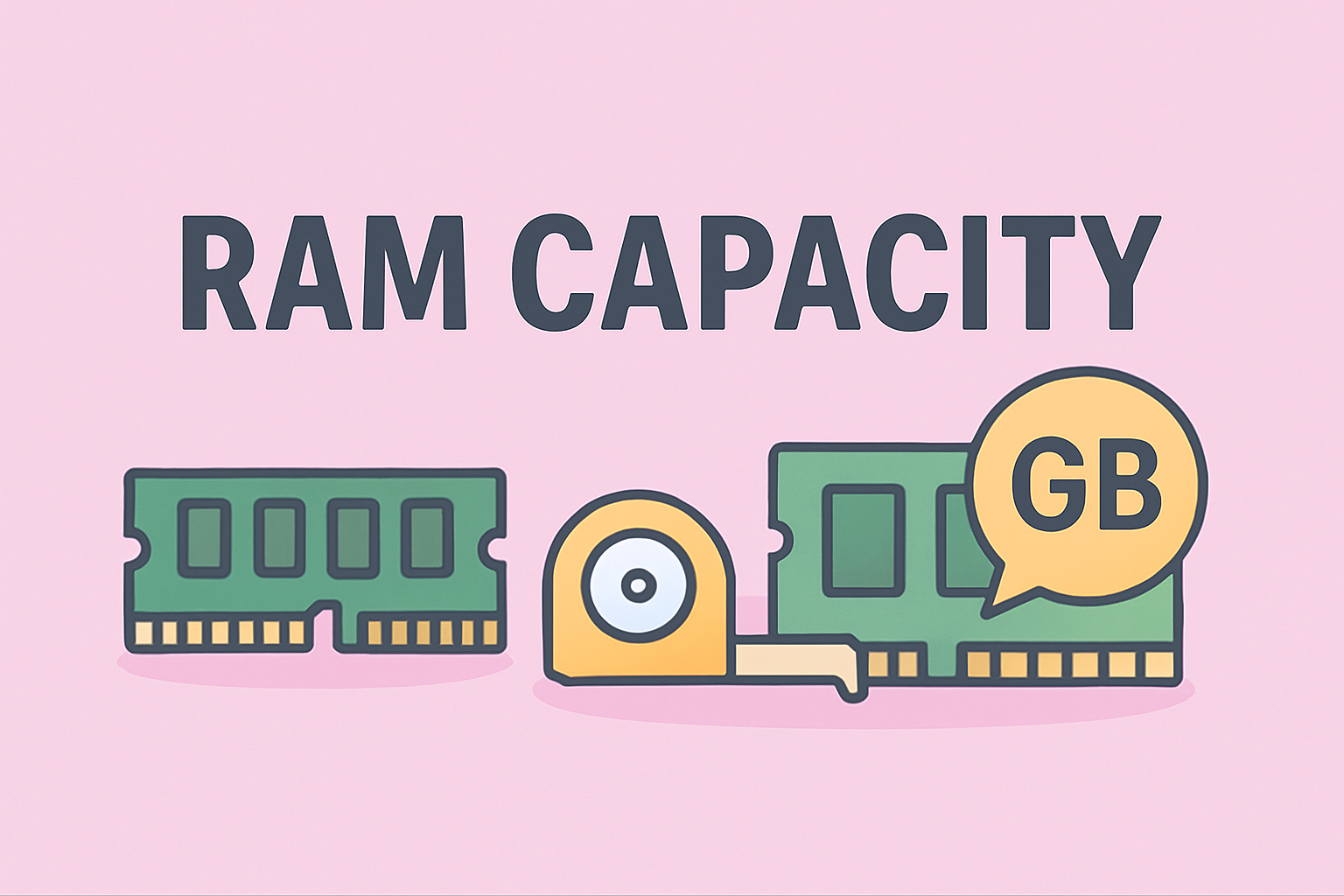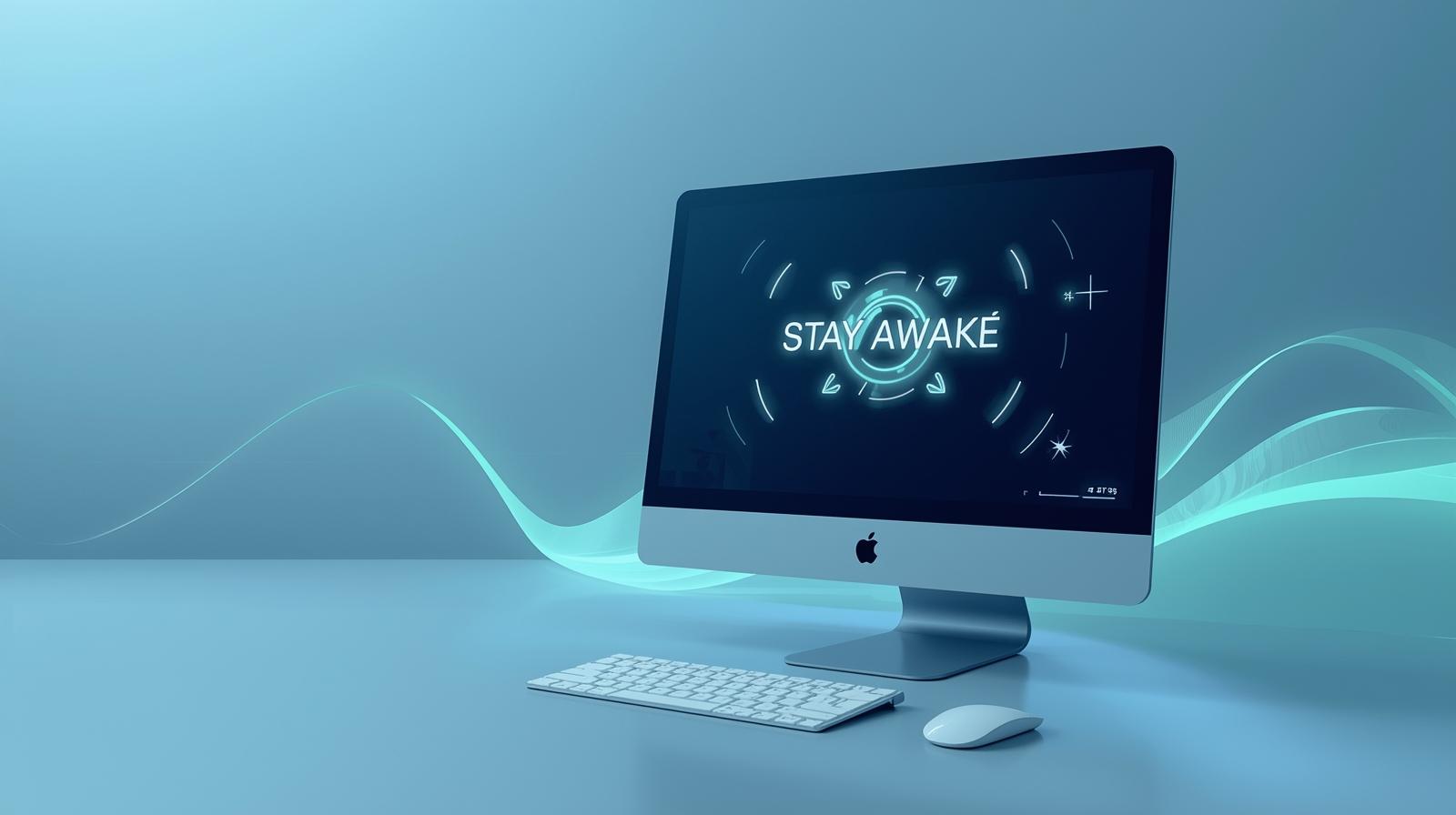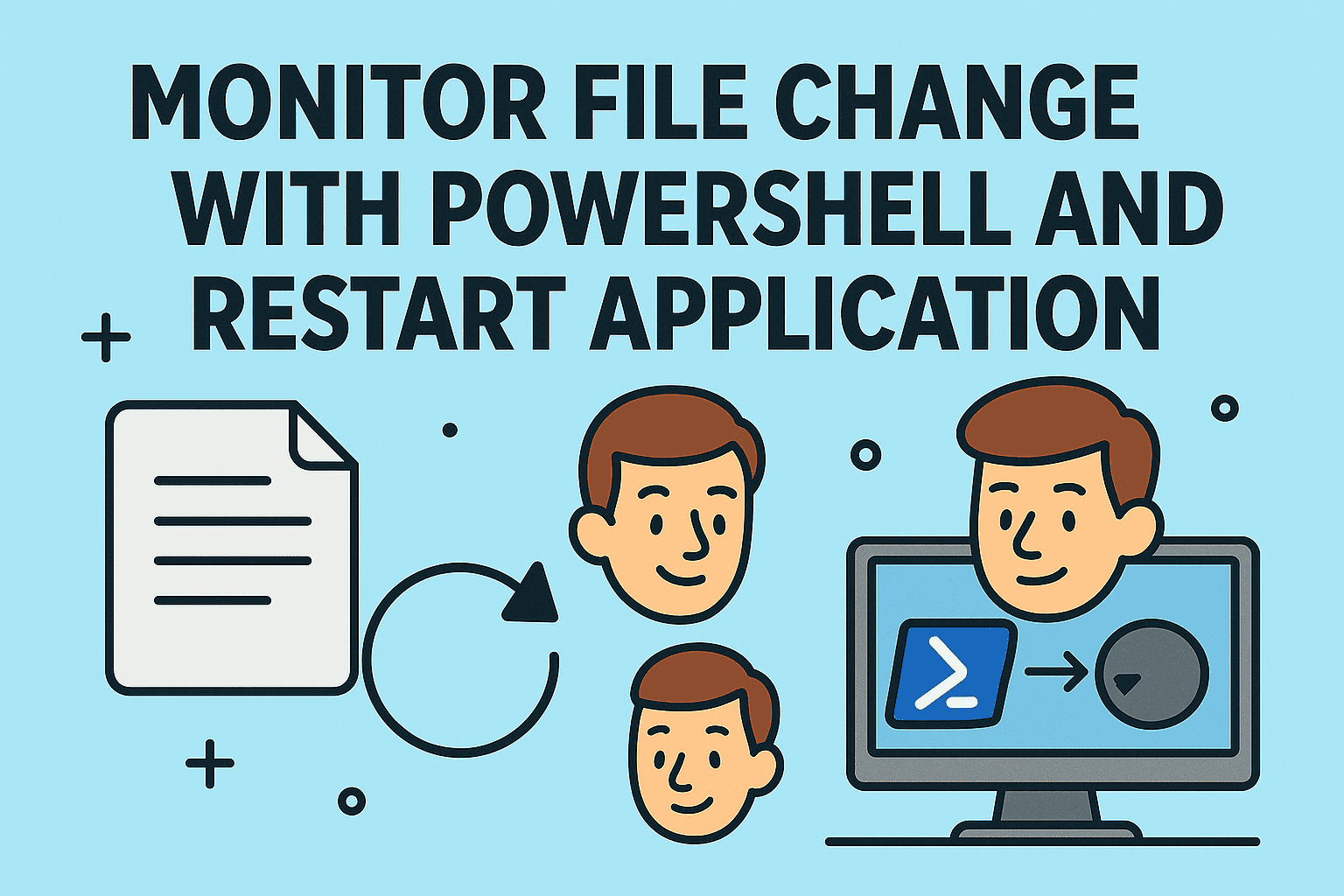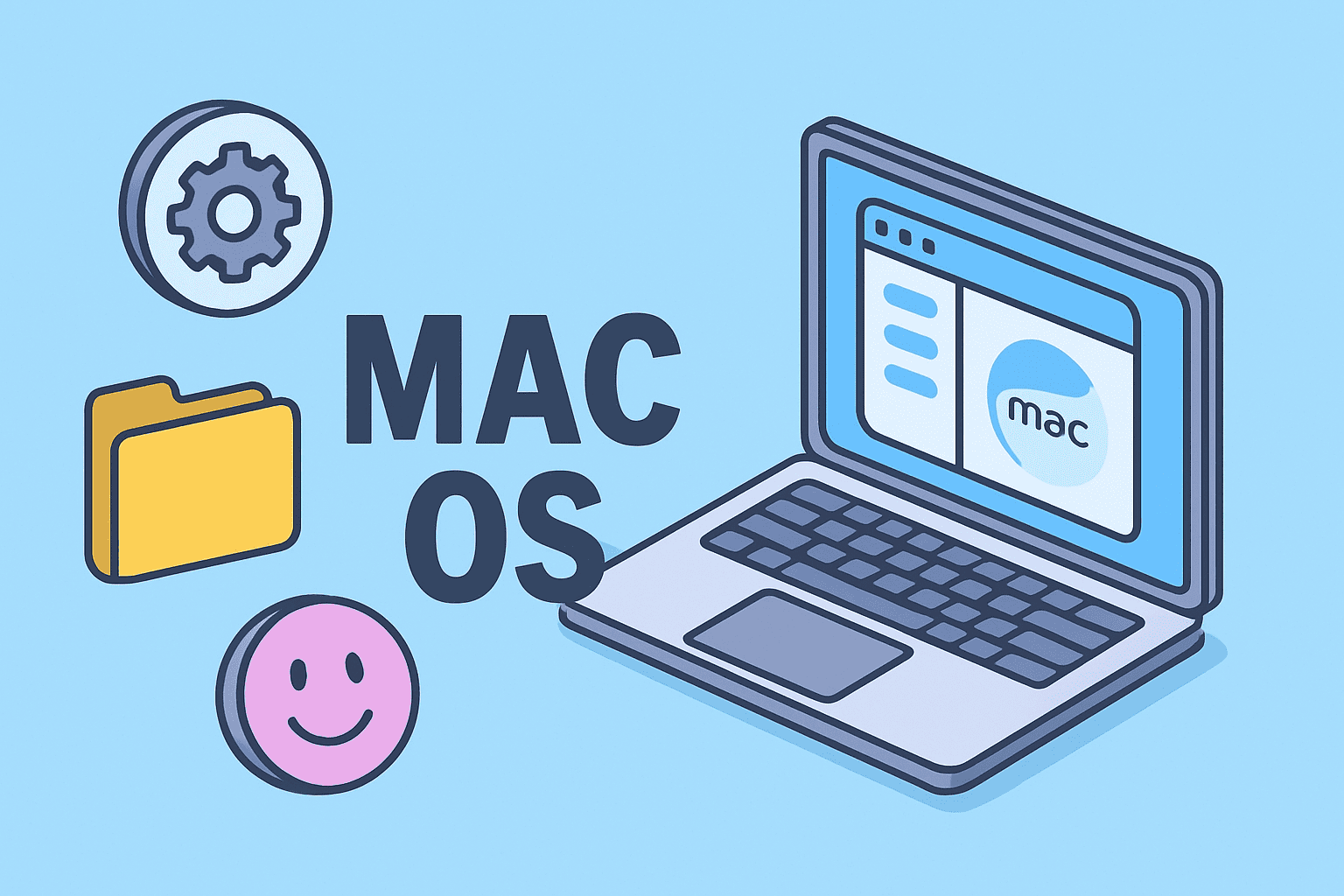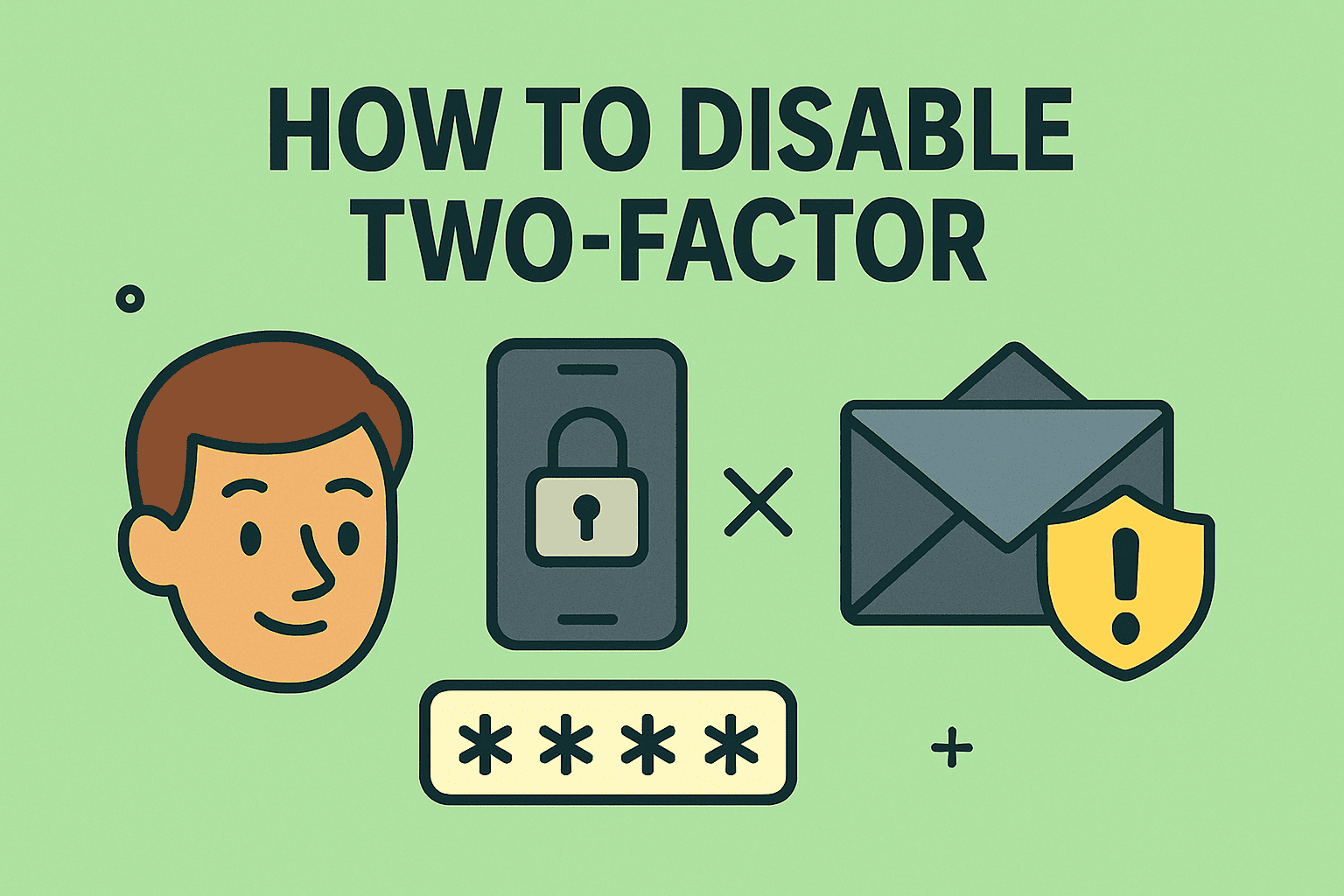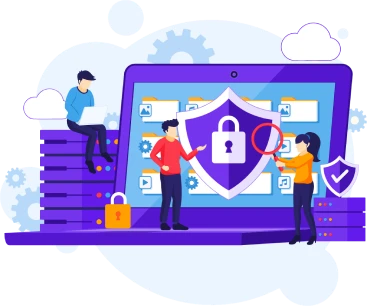Why Patch Management Is the Front Line of Cyber Defense in 2025
Updated on April 28, 2025, by ITarian
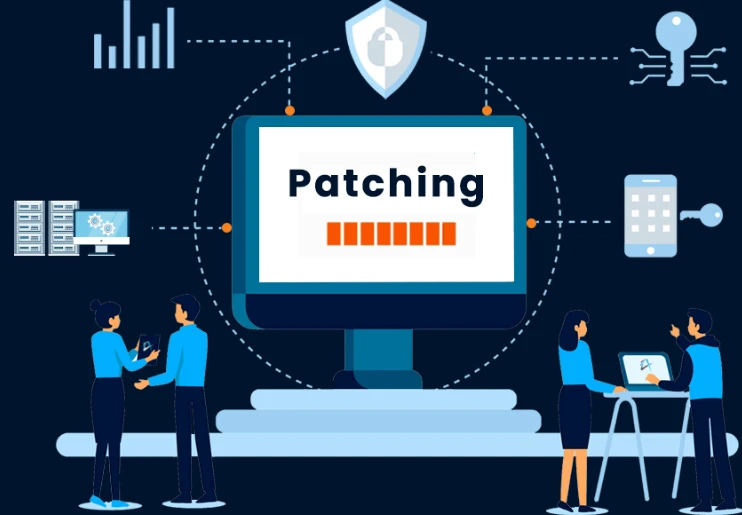
In today’s ever-evolving cybersecurity landscape, patch management isn’t just maintenance — it’s mission-critical defense. As threats grow more sophisticated in 2025, organizations that prioritize patching vulnerabilities are staying a step ahead of attackers. But what makes patch management so crucial to your cyber defense strategy? Let’s explore why your security efforts must start here.
What is Patch Management?
Patch management is the process of identifying, acquiring, testing, and installing updates—known as patches—for software applications, operating systems, and network devices. These patches often address newly discovered security vulnerabilities, improve functionality, and fix bugs that could be exploited by attackers.
Without an effective patch management system in place, even small vulnerabilities can become massive entry points for ransomware, data breaches, and insider threats.
Why Patch Management is Critical in 2025
- Exploits Move Faster Than Ever
The window between a vulnerability being discovered and weaponized by cybercriminals is shrinking dramatically. In 2025, attackers are often exploiting vulnerabilities within hours of disclosure. If patches aren’t applied immediately, your organization could become an easy target.
Proactive patch management closes these windows, removing known vulnerabilities before threat actors can exploit them.
- Ransomware Targets Known Vulnerabilities
Modern ransomware attacks frequently leverage unpatched systems. High-profile incidents have shown that delays in applying critical patches can lead to devastating outcomes — financial loss, brand damage, and operational disruption.
By maintaining a disciplined patching strategy, you block one of the easiest and most common attack vectors in today’s cyber landscape.
- Compliance Requirements Are Getting Tougher
Regulatory standards such as HIPAA, PCI-DSS, GDPR, and the newly updated NIST frameworks require organizations to maintain secure, patched environments. Failure to meet these requirements can result in severe penalties and reputational harm.
Effective patch management isn’t just a best practice anymore—it’s mandatory for compliance and audit readiness.
- The Rise of AI-Driven Cyberattacks
In 2025, cybercriminals are increasingly using artificial intelligence to automate vulnerability scanning and exploitation. This means your systems are constantly under surveillance by highly intelligent threats.
Without regular and automated patching, your network becomes easy prey for AI-powered attacks that can identify and exploit weaknesses faster than human defenders can react.
Challenges of Patch Management in 2025
While patch management is essential, it’s not without its challenges:
- Patch Volume and Frequency: Organizations now face dozens—or hundreds—of patches every month across diverse systems.
- Downtime Risks: Applying patches incorrectly can lead to system instability, service interruptions, or compatibility issues.
- Distributed Environments: Hybrid workforces and cloud-based assets make patching more complex than ever.
Modern patch management solutions must be intelligent, automated, and scalable to keep pace with today’s IT environments.
Best Practices for Effective Patch Management
To stay secure and compliant, organizations should adopt the following patch management best practices:
- Automate Patch Deployment: Use tools that scan, prioritize, and automatically deploy patches across all devices and environments.
- Prioritize Critical Vulnerabilities: Focus first on vulnerabilities rated “critical” or “high” by CVSS scores or vendor advisories.
- Test Before Deploying Broadly: Validate patches in a controlled environment to prevent operational disruptions.
- Maintain Comprehensive Visibility: Know every asset in your IT environment and ensure no device is left unpatched.
- Integrate with Broader Cybersecurity Strategy: Combine patch management with endpoint protection, vulnerability management, and threat detection.
Why Choose ITarian for Patch Management?
ITarian’s Patch Management solution empowers organizations to automate the patching process with precision and efficiency. We help you:
- Identify critical vulnerabilities instantly
- Test and approve patches through streamlined workflows
- Deploy updates automatically across diverse endpoints
- Stay compliant with industry regulations and internal policies
With ITarian, patch management becomes your strongest first line of defense—keeping threats out before they reach your doorstep.
Final Thoughts
In 2025, cyberattacks will only get faster, smarter, and more destructive. Patch management is no longer a secondary task—it’s the front line of cybersecurity. Organizations that invest in automated, intelligent patching will not only protect their critical assets but also ensure resilience against the threats of tomorrow.
If you’re ready to reinforce your cybersecurity posture, discover how ITarian Patch Management can help you stay protected, compliant, and ahead of emerging risks.

